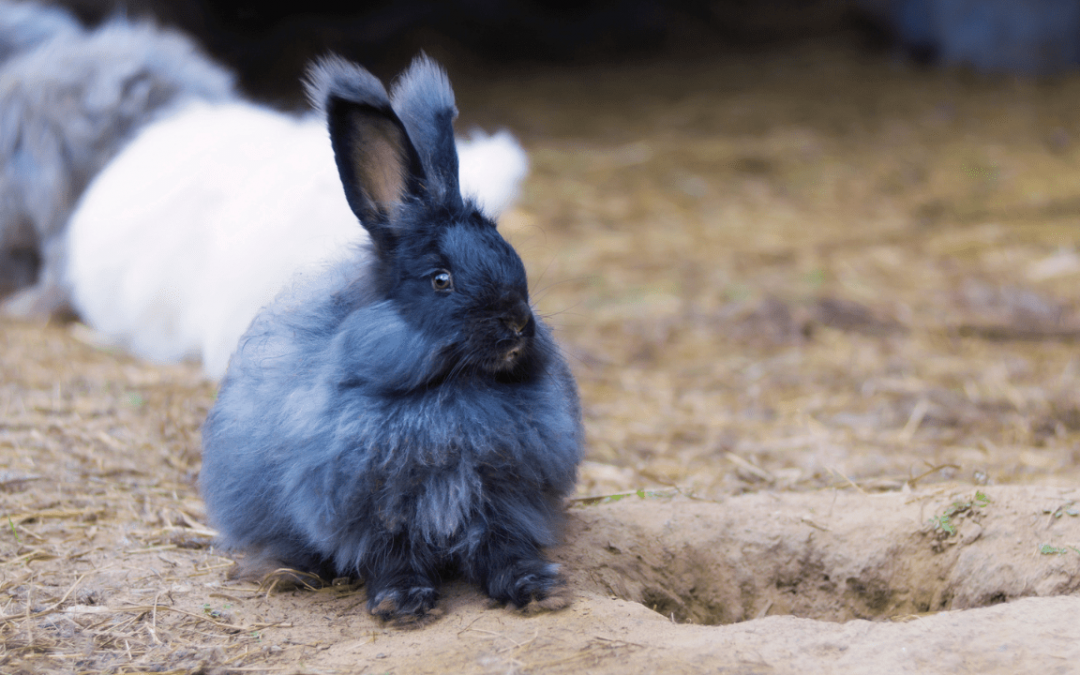Table of Contents
If I could name an animal that I can gladly stare at for hours, and hours, even days, weeks, years; it would probably be rabbits. Specifically, these insanely cute, fun-looking manifestations of cotton candy, Angora Rabbits. Not only are they insanely cute and they happen to relieve our worried hearts away; but they also happen to have an interesting list of medical facts about them that will be helpful if you like to pet them; or just to add knowledge to your curious brain. Either way, these facts are helpful, and we will never know when we will need them; but it is always great to come prepared and knowledgeable. Here are the medical facts about Angora Rabbits that will surprise you!
Fact #1
There are four types of Angora Rabbits. There are English, the smallest breeds of angora rabbits; and are distinguished from others because of their insanely thick and fine fur. French, distinguished from others, have a commercial-type body and have a sturdy frame, it does not have facial furnishings. Giant, which has also a commercial-type body and has a large oval head and cheek furnishings. Lastly, Satin that is distinguished by its extreme sheen from their head down to their toes; does not have facial furnishings; as well just as with French. That is just the tip of the medical facts about Angora Rabbits
Fact #2
Angora rabbits do have a lot of fur in them. Moreover, these furs grow up to 6 feet in diameter. Angora rabbits need a lot of hay to eat to help them digest the fur that they happen to ingest while grooming themselves. If they stop or eat only a small amount of hay; their fur will just stay in their digestive tract; which might get stuck and cause problems.
Fact #3
Angora rabbits are found to be intelligent. When petting angora rabbits, extra care and caution must be applied since their spine can be easily damaged.
Fact #4
Angora rabbits need to be groomed regularly. Their fur must be brushed daily to prevent them from having what is called “wool block”; which is a prevalent health problem in Angora.
Angora rabbits are always at risk for flea infestation because of their thick coat. Ticks and mites also can come crawling to their furs but usually; these all go away when you apply rabbit-safe anti-flea treatment.
Fact #5
Several health issues are already in the nature of Angora rabbits, just with most rabbits as well. This is because their bodies are built fragile and sensitive, which reacts negatively when their environment and lifestyle change. This is treated by regularly checking up on the veterinarian alongside a balanced angora-specific diet that will maximize their health; and well-being.
Fact #6
Angora rabbits tend to hide their weaknesses; thus also hiding what is bringing pain to their bodies; it is in their nature. With this information, owners must remain vigilant to any changes they see in their rabbits; this includes changes in eating, drinking, sleeping; and behavior.
Fact #7
Angora rabbits do not like to be picked up; and considering they have very fragile backs; it is safe not to do so since it may break if you happen to drop them intentionally or unintentionally.
Angora rabbits are social animals. They are best to be joined with other angora rabbits or owners can make up for this by spending time with them as frequently as they can.
Fact #8
Angora rabbits are at risk of dental disease if they are not being fed properly. To avoid this, their diets should have; hay that is at least similar in size to their body frame; a great number of fresh greens that are served twice a day; and if you have the resources, one tablespoon of rabbit nuggets.
Fact #9
Their diets, alongside what is stated to the preceding number, must be high in fiber and high in protein. The reason for this is that they need those proteins to support wool production and extra fiber; to aid in reducing the risk of wool block.
Fact #10
Angora rabbits experience stress as well. This can be brought by loud noises, sudden movements, or an uneasy environment. Their stress can manifest in their body by bloating; diarrhea up to more serious issues such as immune deficiency that can make them more prone to parasites, heart issues. This is why it is important to foster their environment to be as peaceful as possible. Their lifespan is seven, up to ten years old.
Conclusion
And it’s a wrap! This information is meant to raise awareness and to feed knowledge with regard to facts about these adorable and cute Angora rabbits. As we all know and happen to pay attention to; misinformation goes a long way that affects how we perceive certain things thus a way to effectively combat; this is to speak the truth and factual information at all times. This can help you as well in knowing if you are suitable for raising Angora rabbits yourself; and if your lifestyle can fit their demanding lifestyle as well. We hope you learn a lot about the different medical facts about Angora Rabbits.






 Author and long-time animal lover. Sharing knowledge on pet care through experience and the written word.
Author and long-time animal lover. Sharing knowledge on pet care through experience and the written word.